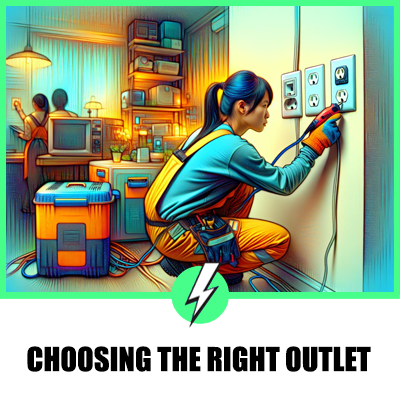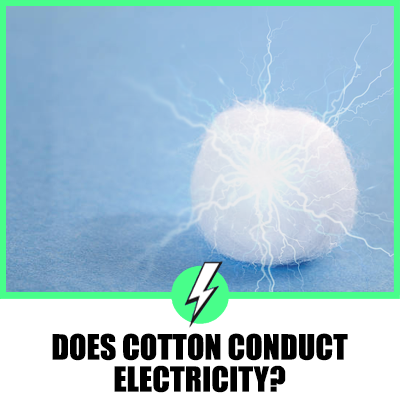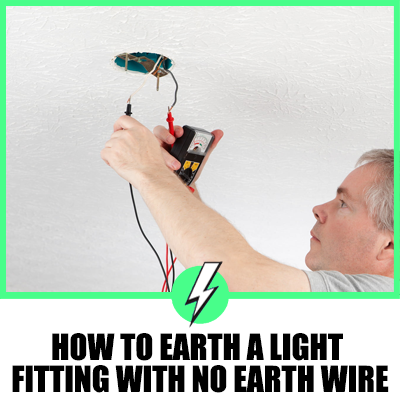Choosing the Right Outlet
Wondering whether to go with a 110v or a 220v outlet for your home appliances?
This decision might seem minor, but it has significant implications for the performance and safety of your devices. Whether setting up a cozy home office, outfitting a workshop, or plugging in a new kitchen gadget, knowing the difference between these outlet types is key.
Well, we’ll be going over:
- What are the fundamental differences between 110v and 220v outlets, and how do they impact appliance efficiency and safety?
- What are the advantages and limitations of opting for a 110v outlet in your home?
- Why might upgrading to a 220v outlet be beneficial for certain appliances, despite the higher installation complexity?
Let’s dive in.

Contents
Understanding the Basics of 110v Outlets
When considering the electrical setup in your home, it’s crucial to grasp the fundamentals of 110v outlets a widely adopted standard in many regions.
This voltage is ideal for powering most of your daily appliances and gadgets, from your television and computer to kitchen appliances.
A 110v outlet typically supports lighter electrical loads, ensuring safety and energy efficiency in household settings.
It’s designed to offer a stable supply of electricity for devices that do not require the intense energy draw characteristic of more powerful appliances.
However, while a 110v setup reduces the risk of overpowering and potentially damaging your devices, it might not be sufficient for equipment that demands a higher voltage to operate efficiently.
Identifying these needs ahead of any installations or purchases can save you time and resources, ensuring that all your appliances perform optimally without the hazard of electrical mishaps.
Exploring the Advantages and Limitations of 110v Outlets
When considering the use of 110v outlets, it’s crucial to weigh their benefits and drawbacks. One of the primary advantages is safety.
These outlets are less likely to cause severe electrical shocks due to their lower voltage, making them a safer choice for everyday appliances.
Furthermore, 110v systems can contribute to energy efficiency in devices designed for such specifications, ensuring that your gadgets run optimally without unnecessary power wastage.
However, the limitations of 110v outlets become apparent with high-powered appliances.
Devices requiring more energy, such as heavy-duty power tools, large household appliances, or equipment designed for international use, might not perform as expected or could demand a converter for proper functionality.
This scenario underscores the importance of understanding the specific voltage needs of your appliances to avoid inconvenience or potential hazards.
Remember, compatibility between your appliance and the outlet’s voltage is key to both performance and safety.
Deciphering the Power of 220v Outlets
When you’re diving into the world of 220v outlets, you’re looking at an option that’s particularly known for its higher power capacity.
Unlike 110v outlets, which are standard in many homes for everyday appliances, 220v outlets are specifically designed to handle more demanding electrical loads.
This makes them ideal for appliances that require a significant amount of power to operate efficiently, such as air conditioners, dryers, and electric ranges.
One of the key benefits you’ll find with 220v outlets is their energy efficiency for heavy-duty appliances. These outlets can power high-consumption devices more effectively, often leading to lower energy bills.
The reason behind this efficiency is quite simple – fewer amps are needed to supply the same amount of power as compared to 110v outlets, resulting in decreased energy loss through heating of the wires.
Understanding the electrical requirements of your appliances and the capabilities of your home’s electrical system is crucial.
Most modern homes are equipped with both 220v and 110v outlets, allowing for a versatile approach to powering various devices. Be mindful, however, that using the correct outlet is not just a matter of convenience but also of safety.
Incorrectly matching appliances to outlet voltage can result in damage to your devices or worse, pose significant safety hazards.
Examining the Benefits of Upgrading to a 220v Outlet
When you’re considering upgrading your home’s electrical system, the shift from 110v to 220v outlets brings a host of benefits that can significantly enhance the efficiency and functionality of your household.
220v outlets offer a higher power capacity, which is paramount if you’re looking to support heavy-duty appliances like electric ranges, dryers, and HVAC systems.
Not only does this ensure your appliances run more effectively, but it also contributes to their longevity by matching their designed operational standards.
Energy efficiency is another advantage that can’t be overlooked. Appliances running on 220v tend to use electricity more efficiently, leading to noticeable reductions in energy consumption.
This efficiency translates to lower energy bills, a benefit that adds up over time and makes the initial investment worthwhile.
Moreover, the upgrade to 220v outlets is a step towards modernizing your home.
As technology advances and newer appliances with higher power requirements become common, having 220v outlets ensures you’re prepared for these innovations.
This not only makes your home more adaptable to future technology but also increases its value, should you consider selling.
Understanding the electrical requirements of your appliances and ensuring they’re matched with the correct outlet type is crucial for optimal performance and safety.
Upgrading to 220v outlets is an investment in your home’s electrical infrastructure that pays off in both functionality and cost-efficiency.
Making the Right Choice for Your Electrical Needs
When you’re considering whether to opt for 110v or 220v outlets, key factors directly influence your decision. The primary determinant should be the type of appliances you use in your home.
High-powered appliances such as electric ranges, HVAC systems, and heavy-duty tools generally require 220v outlets to operate efficiently and safely.
Understanding your home’s electrical load is crucial. A residential electrician can assess your needs and advise on the most suitable option.
If you’re renovating or building a new home, it might be wise to install 220v outlets to future-proof your property, especially if you plan to use energy-intensive appliances.
Remember, switching from 110v to 220v involves more than just changing the outlet itself. It requires upgrading the wiring and possibly the circuit breakers to handle the higher voltage safely.
This is not a DIY job; hiring a professional electrician is essential to ensure the work complies with local building codes and safety standards.
Conclusion
Deciding between 110v and 220v outlets is more than just a choice; it’s about understanding your home’s needs and ensuring your appliances run efficiently.
Remember, high-powered devices thrive on 220v, but making the switch isn’t a DIY project. Always seek professional advice to make an informed decision and ensure your home’s electrical system is up to code.
Your journey towards a more efficient and safe home starts with this crucial choice.





